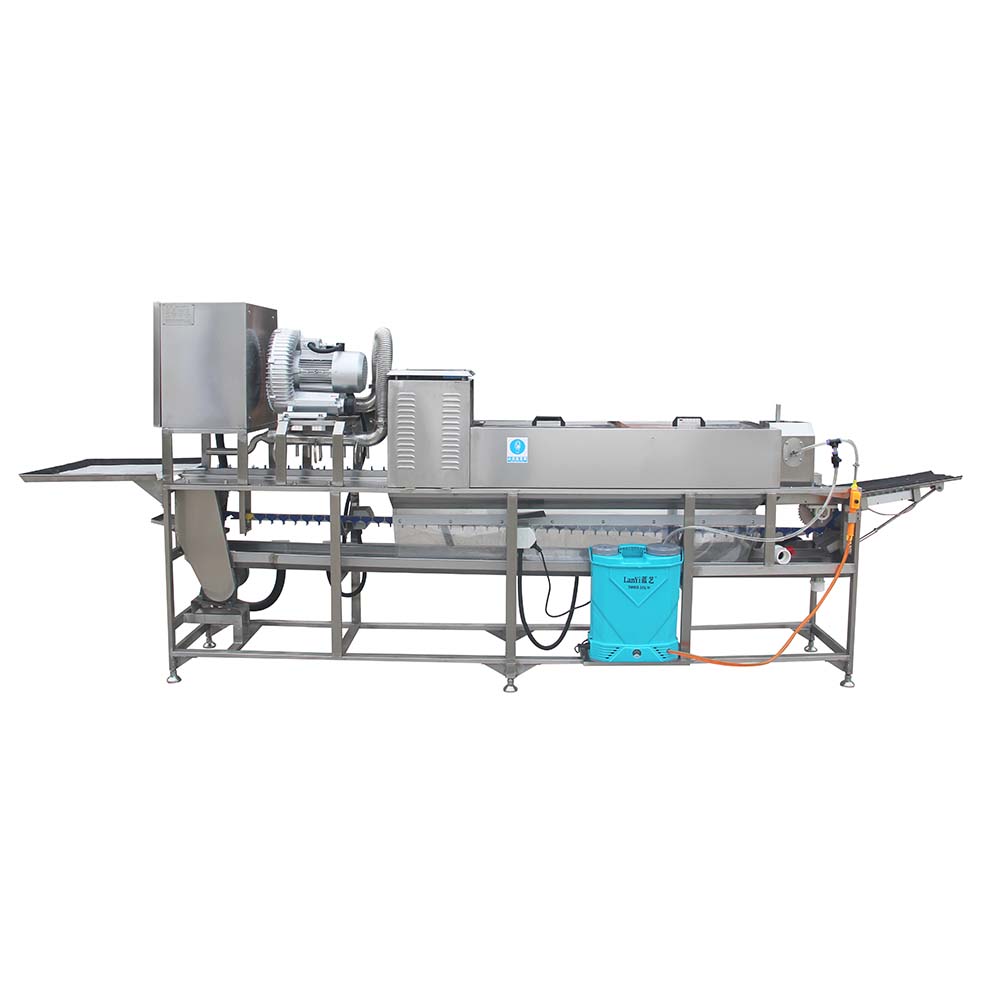Efficient Layer Housing Solutions for Enhanced Poultry Production and Welfare
Sep . 29, 2024 04:29 Back to list
Efficient Layer Housing Solutions for Enhanced Poultry Production and Welfare
The Importance of Poultry Cages for Layers in Modern Farming
In the realm of modern agriculture, particularly in poultry farming, the utilization of cages for layers has gained immense significance. Layer hens, known for their egg production, require specific environments to thrive and maximize their output. Poultry cages designed for layers provide a controlled and efficient way to manage flocks, ensuring both the welfare of the birds and the profitability of the operation.
Enhanced Egg Production
One of the primary benefits of using poultry cages for layers is the enhancement of egg production rates. Cages provide a confined space that allows farmers to monitor and manage their flocks more effectively. In an optimal cage system, hens can access food and water easily, leading to better nutrition and welfare. This, in turn, translates to higher egg yields. Studies have shown that hens raised in well-designed cage systems often produce more eggs compared to those raised in free-range environments, at least in terms of consistent output.
Improved Biosecurity
Biosecurity is a critical concern in poultry farming, as diseases can spread rapidly among flocks. Cages help minimize the risks associated with disease transmission by reducing contact between different birds. With layers housed in separate cages, the likelihood of pathogens spreading is significantly lower. Additionally, it becomes easier for farmers to implement strict sanitation protocols, monitor the health of individual birds, and identify any signs of illness early on. This proactive approach not only protects the health of the flock but also reassures consumers about the safety of their eggs.
Space Efficiency and Feed Conversion
poultry cages for layers

The spatial arrangement of poultry cages for layers is designed to optimize the available space and resources. By stacking cages vertically, farmers can house a larger number of birds in a smaller footprint compared to traditional floor housing. This vertical stacking is particularly beneficial in urban or limited-space environments, allowing for a more intensive farming model. Furthermore, birds in cages typically exhibit improved feed conversion ratios, meaning they require less feed to produce a set amount of eggs. This efficiency can lead to significant cost savings for farmers.
Animal Welfare Considerations
While the advantages of poultry cages for layers are substantial, it is also essential to address the concerns surrounding animal welfare. Critics argue that cages can restrict the natural behaviors of hens, leading to stress and health issues. As a response to these concerns, many manufacturers have developed enriched cage systems. These cages provide more space, perches, and nesting areas, allowing hens to engage in natural behaviors while still benefiting from the advantages of caged housing. It is crucial for farmers to prioritize welfare by choosing high-quality cage systems that meet regulatory standards and the needs of the birds.
Environmental Impact
The environmental sustainability of poultry farming is becoming an increasingly important topic. Efficient poultry cages can contribute to lower greenhouse gas emissions per egg produced due to better feed conversion and reduced resource wastage. Additionally, well-managed cage systems can facilitate manure management, preventing pollution and supporting nutrient recycling. By adopting sustainable practices in conjunction with caged housing, farmers can play a significant role in reducing the environmental footprint of egg production.
Conclusion
In conclusion, poultry cages for layers play a vital role in modern poultry farming by enhancing egg production, improving biosecurity, and promoting efficient resource use. However, it is essential for farmers to remain conscious of animal welfare and adopt enriched cage designs that support the natural behaviors of hens. As the demand for eggs continues to rise globally, the poultry industry must evolve to meet consumer expectations while ensuring the sustainable and ethical treatment of layer hens. By balancing productivity with welfare and sustainability, the future of poultry farming can be both profitable and responsible.
-
Automatic Feeding Line System-Pan Feeder Nipple Drinker|Anping County Yize Metal Products Co., Ltd.
NewsJul.29,2025
-
Hot Sale 24 & 18 Door Rabbit Cages - Premium Breeding Solutions
NewsJul.25,2025
-
Automatic Feeding Line System Pan Feeder Nipple Drinker - Anping County Yize Metal Products Co., Ltd.
NewsJul.21,2025
-
Automatic Feeding Line System Pan Feeder Nipple Drinker - Anping County Yize Metal Products Co., Ltd.
NewsJul.21,2025
-
Automatic Feeding Line System - Anping Yize | Precision & Nipple
NewsJul.21,2025
-
Automatic Feeding Line System - Anping Yize | Precision & Nipple
NewsJul.21,2025






